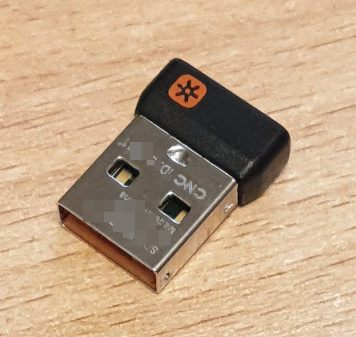Already back in 2018 I wrote a post that one new thing about 5G in TDD band n78 will be that network operators need to agree on a common uplink/downlink pattern and in addition synchronize their networks. Recently I was asked to what level of accuracy the networks need to be synchronized so I did a bit of research to find out.
Continue reading 5G TDD Inter-Operator Network Synchronization

